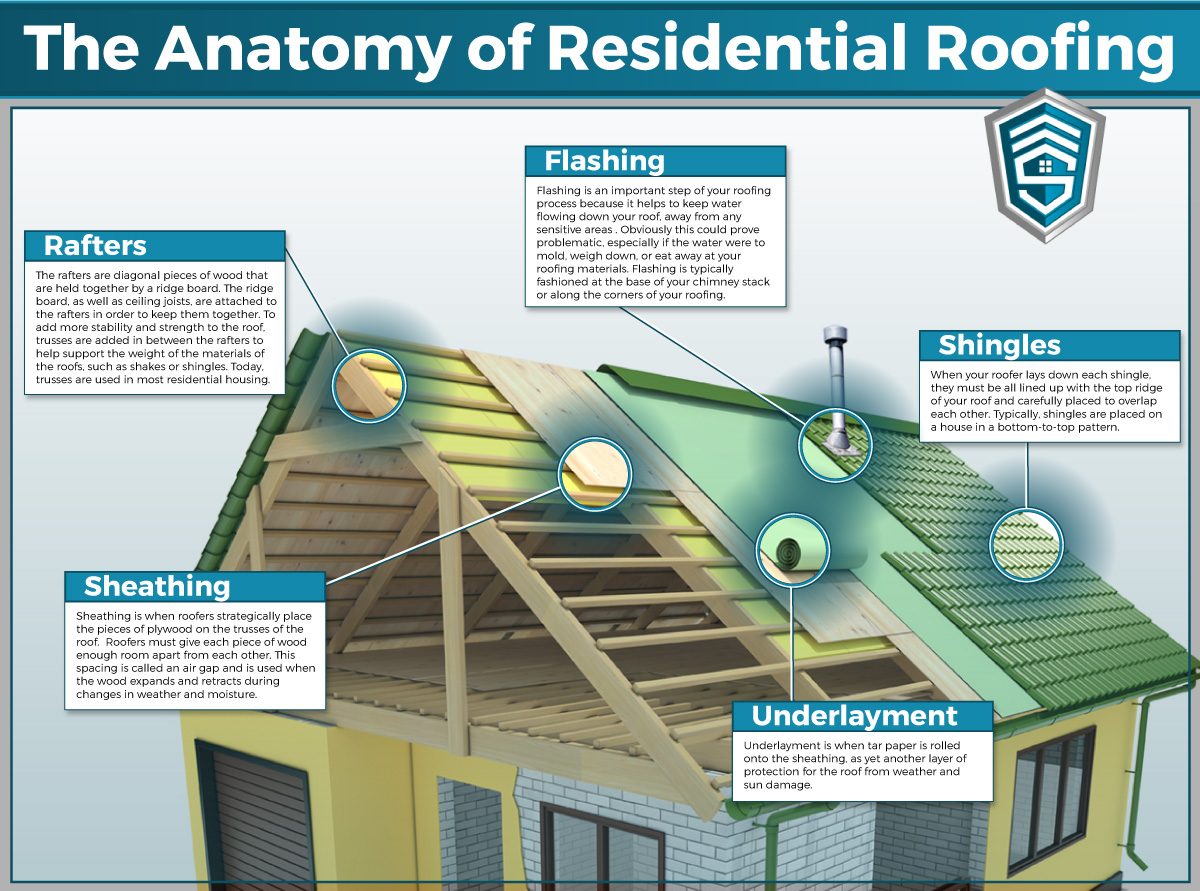Discover How Changing Weather Patterns Can Impact Your Roof Installment And Safeguard A Job That Satisfies Your Requirements
Discover How Changing Weather Patterns Can Impact Your Roof Installment And Safeguard A Job That Satisfies Your Requirements
Blog Article
Material Develop By-Hartvigsen Donnelly
When it pertains to roofing system setups, the weather can make or break the work. Picture the disappointment of managing materials that won't cooperate because of extreme warm or fighting slippery surfaces brought on by unexpected rainfall. Comprehending the impact of weather on your roofing task is essential for a successful result. So, let's discover how different weather components can affect the quality and toughness of your roofing setup, making certain a job well done.
Influence of Temperature on Roof Covering Installation
When it pertains to roofing installation, temperature plays a crucial role in the process. The excellent temperature for roof jobs normally drops in between 45 and 85 levels Fahrenheit. Severe heat can cause materials like tiles to come to be as well flexible, bring about possible damage throughout setup. On the other hand, cold temperatures can make products brittle and prone to splitting. It is very important to schedule roof installments throughout moderate temperatures to ensure the very best outcome.
Throughout cooler climate, professionals might need to take additional preventative measures such as utilizing warmed tools or enabling materials to heat up before installment.
In roofing installation san antonio , hot weather might need work to be done previously or later in the day to prevent the peak temperatures. By taking into consideration the temperature level and its results on roof materials, you can assist guarantee a successful installment that will hold up against the components for several years to find.
Effect of Precipitation on Roof Covering Projects
Roofing projects can be significantly affected by precipitation, impacting both the timeline and the quality of the setup. Rain or snow can develop slippery problems, making it dangerous for contractors to service a damp surface area. Furthermore, dampness can endanger the bond of products like tiles or underlayment, causing potential leakages or problems in the future.
If it rainfalls during a roof covering project, the water can permeate into prone areas, causing delays as the setup staff must await the roof covering to completely dry before proceeding. Excessive moisture can additionally advertise the growth of mold and mildew and mold, more threatening the stability of the roof covering.
To prevent these concerns, it's advised to set up roof covering projects during drier periods or check the weather forecast very closely to plan about any kind of possible rainstorms. By taking safety measures to operate in positive climate condition, you can make sure a smoother and much more effective roofing system setup procedure.
Impact of Wind Rate on Installation Success
During roofing installation, the rate of the wind plays a vital role in identifying the success of the job. High wind rates can present considerable challenges to roofing professionals, potentially causing safety hazards and high quality issues. When wind speeds surpass recommended limitations, it comes to be difficult to manage products, increasing the threat of mishaps and damage to the roof products. Strong gusts can additionally influence the accuracy of measurements and the precision required for appropriate installation.
To make certain a successful roof covering setup, it's necessary to monitor and think about wind speeds. Preferably, roofing system installation must happen on days with low to modest wind speeds. This not only boosts the safety and security of the workers however also boosts the general quality of the installment.
https://www.bdonline.co.uk/cpd/cpd-16-2017-single-ply-roofing/5089579.article set up throughout calm climate condition are most likely to be finished efficiently and with less mistakes. By paying attention to wind rate projections and planning accordingly, you can aid ensure a smooth and effective roof installment procedure.
Conclusion
So, when it involves roofing system installment, remember to take into consideration the climate condition to guarantee an effective work. Optimal temperatures, completely dry problems, and moderate wind rates are vital factors to focus on for a smooth setup process. By arranging your job during the most effective seasons and ideal weather conditions, you can accomplish a long lasting and resilient roofing system that will secure your home for years to find.
